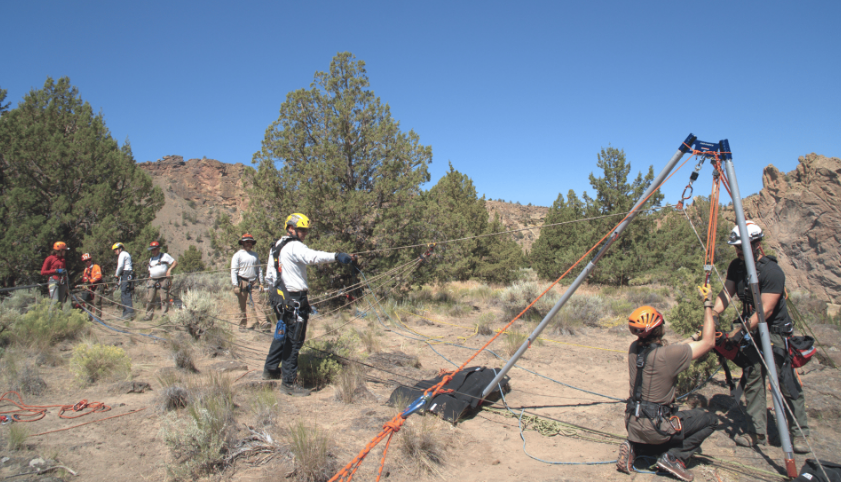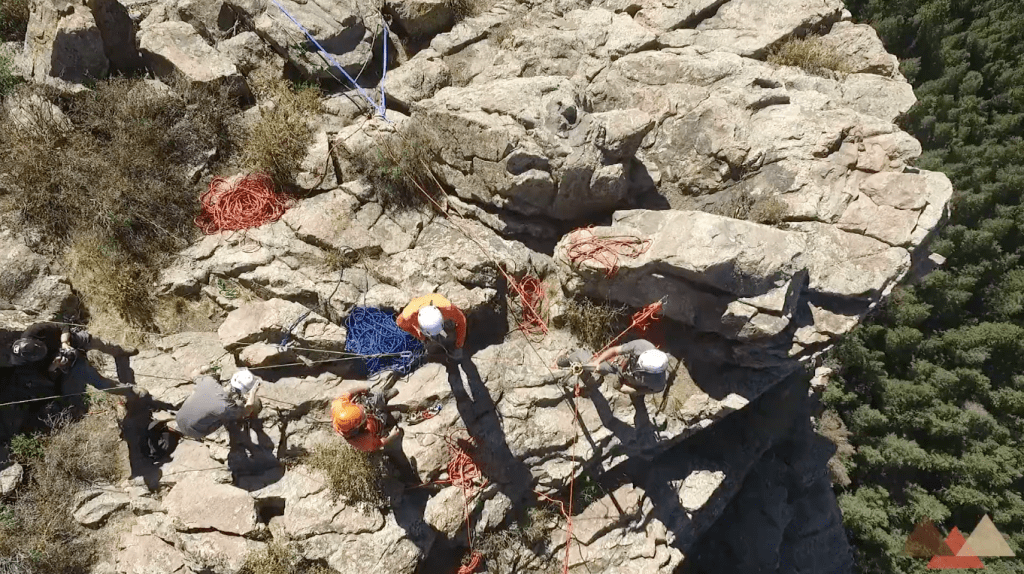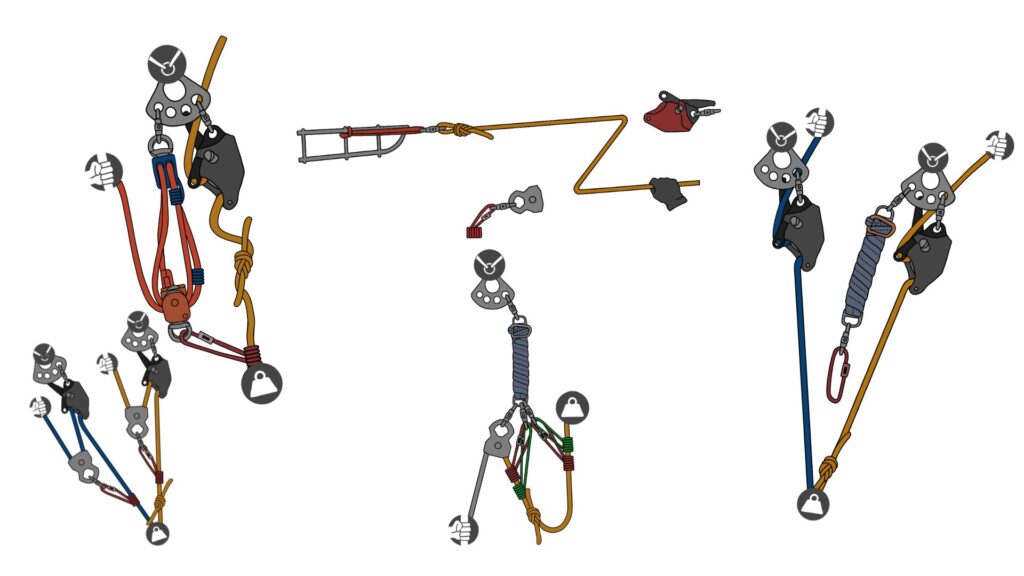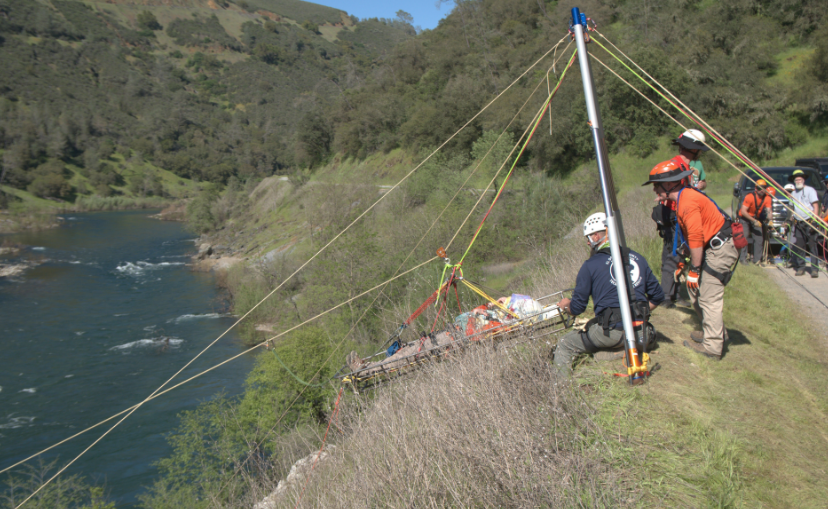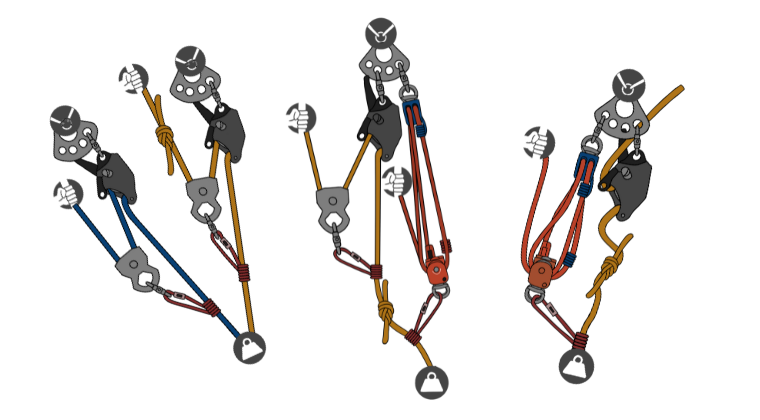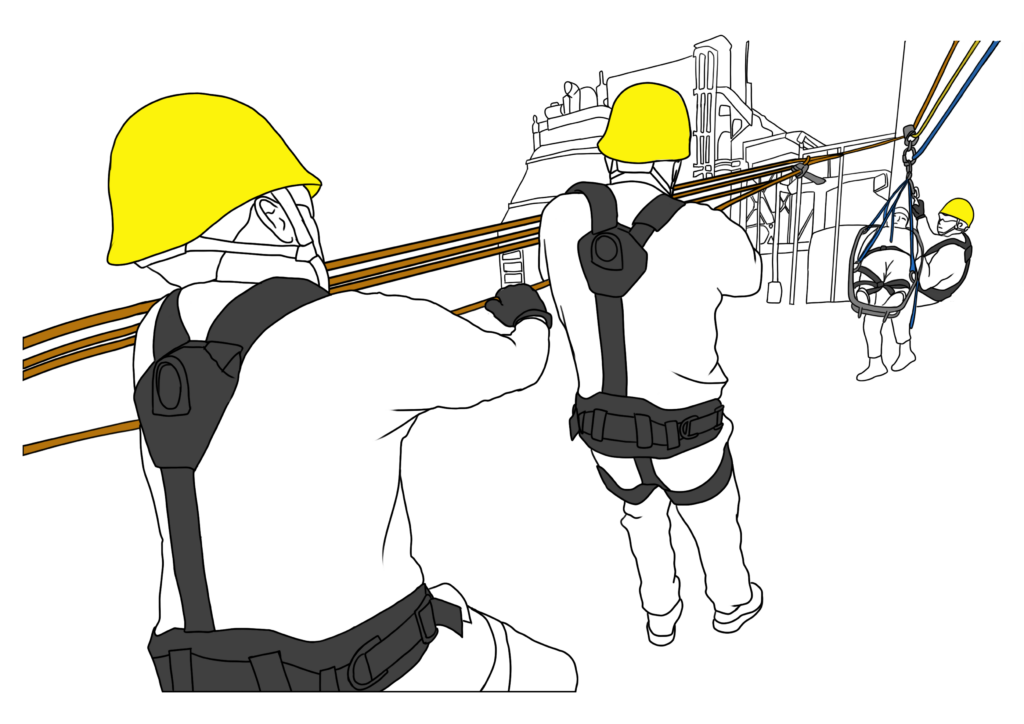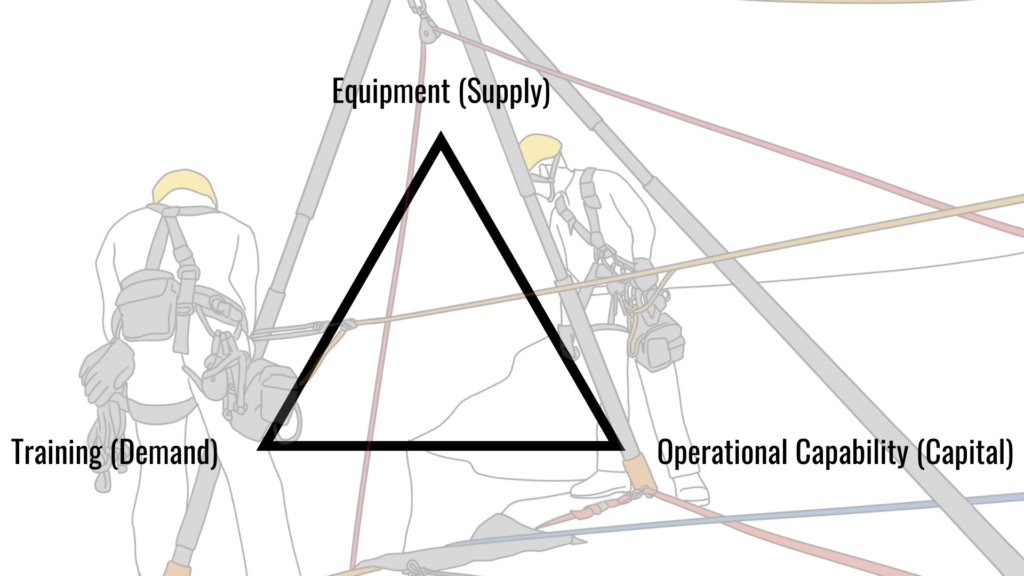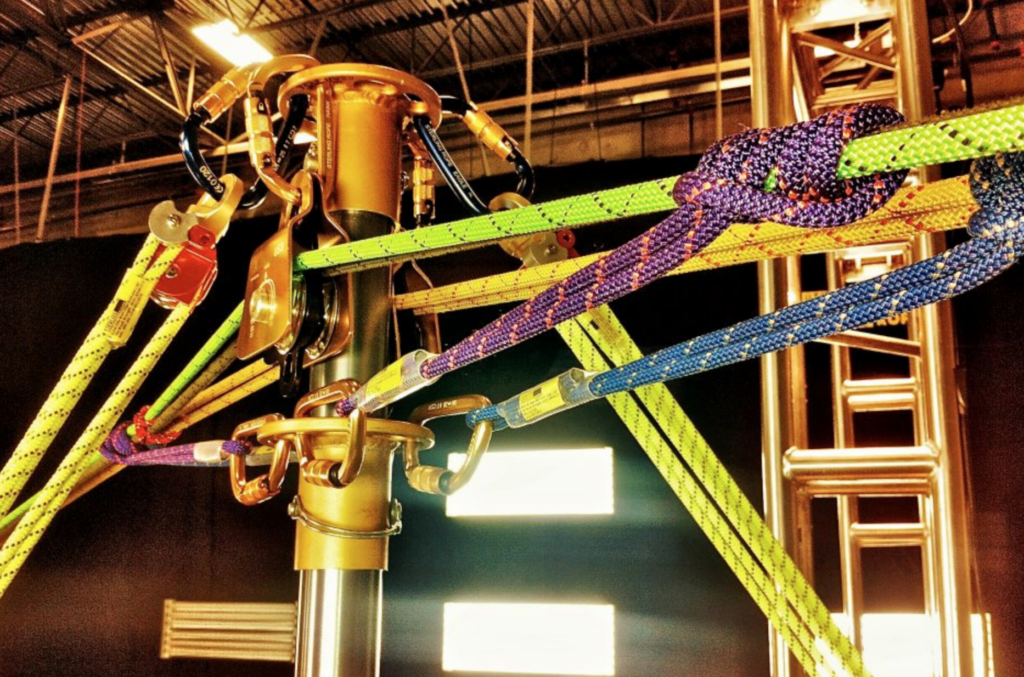Metacognition in Rigging and Rescue Operations
Metacognition, Knowledge, and Perception in Rigging and Rescue Operations Trigger Warning! – This course (to some) reads like the Tao Te Ching or Ancient Proverbs. Leadership is not solely achieved through age, promotions, or certifications – although these elements may be part of the leadership journey. True leaders will see authority in the lowliest of […]
Metacognition in Rigging and Rescue Operations Read More »

